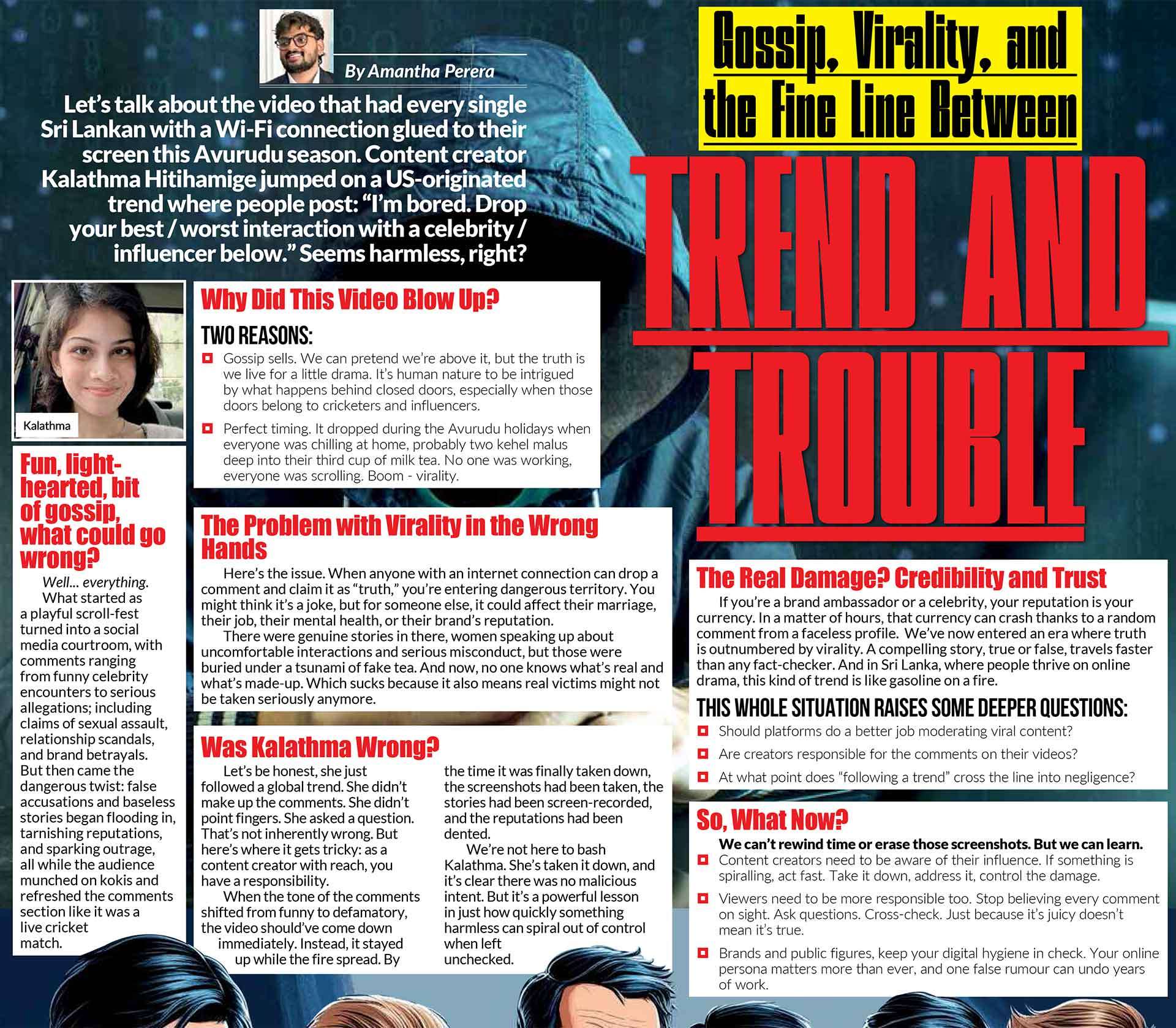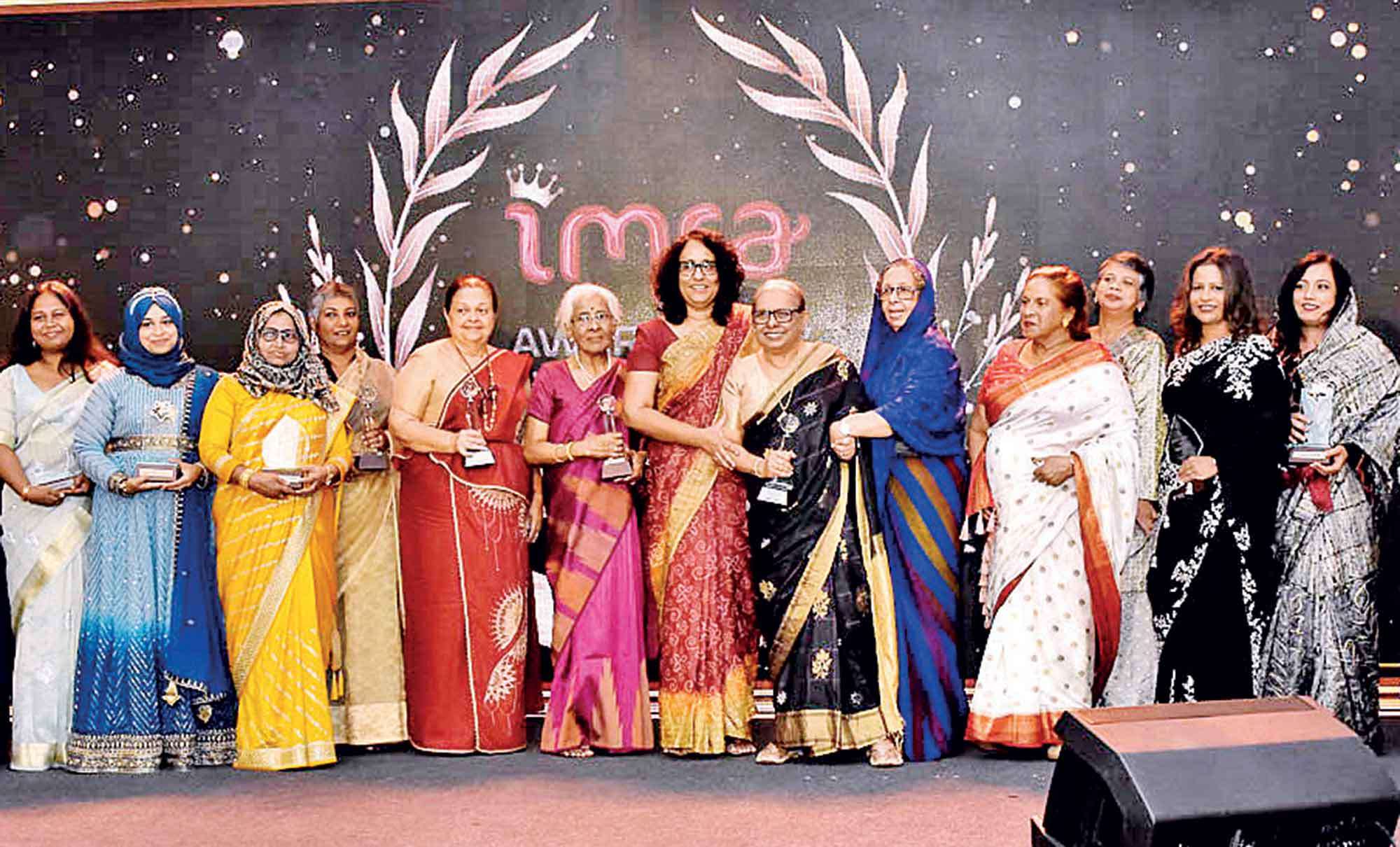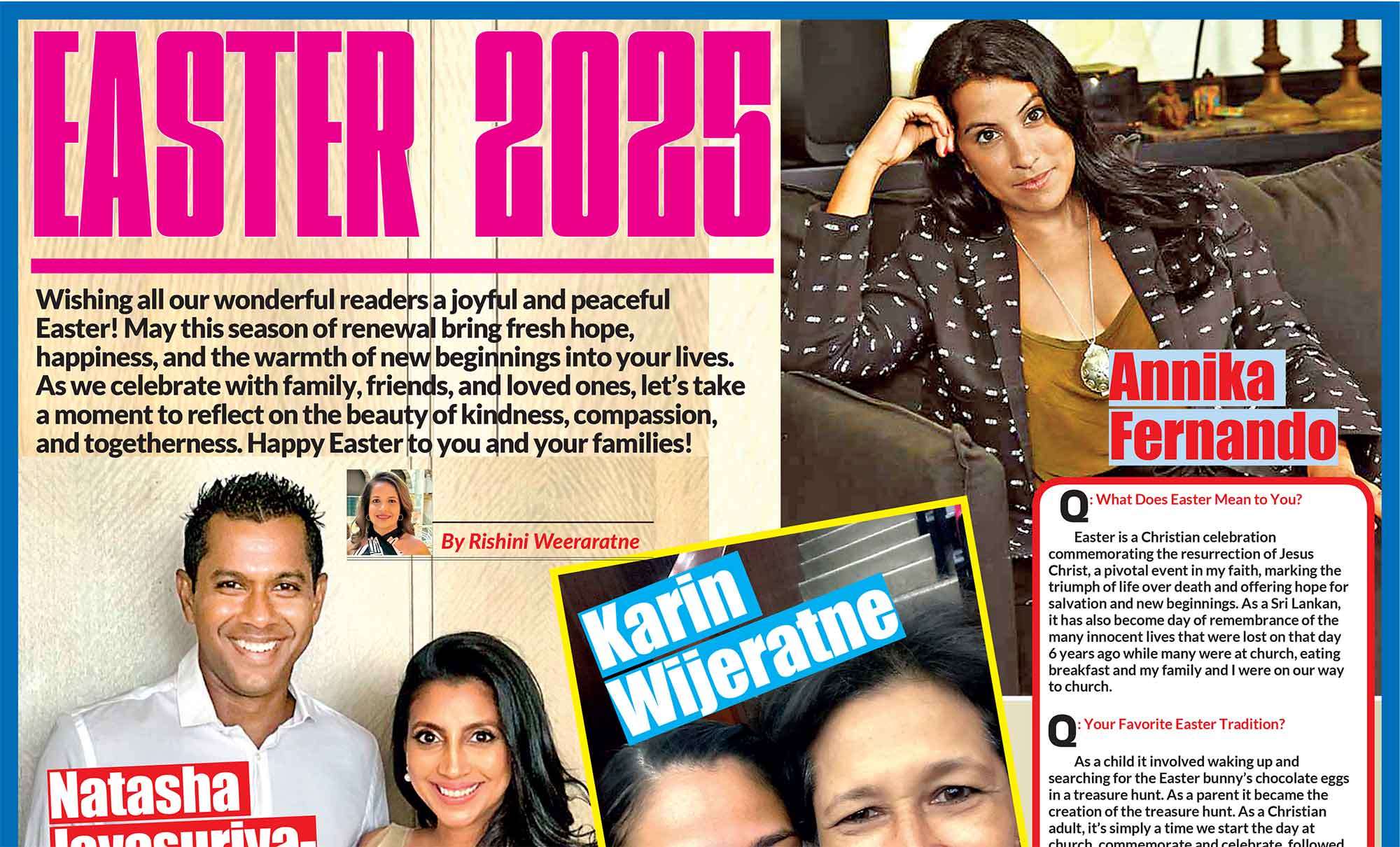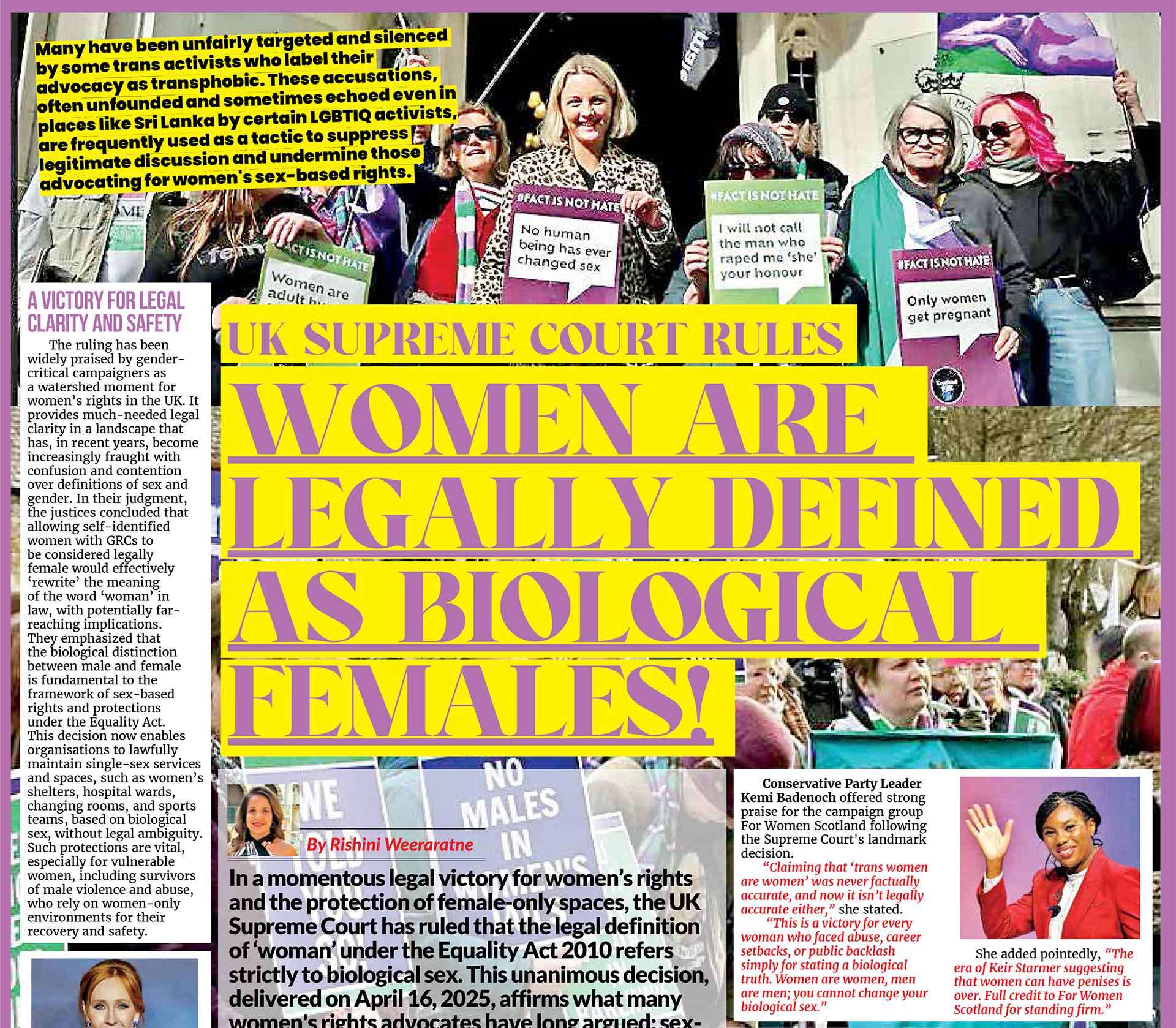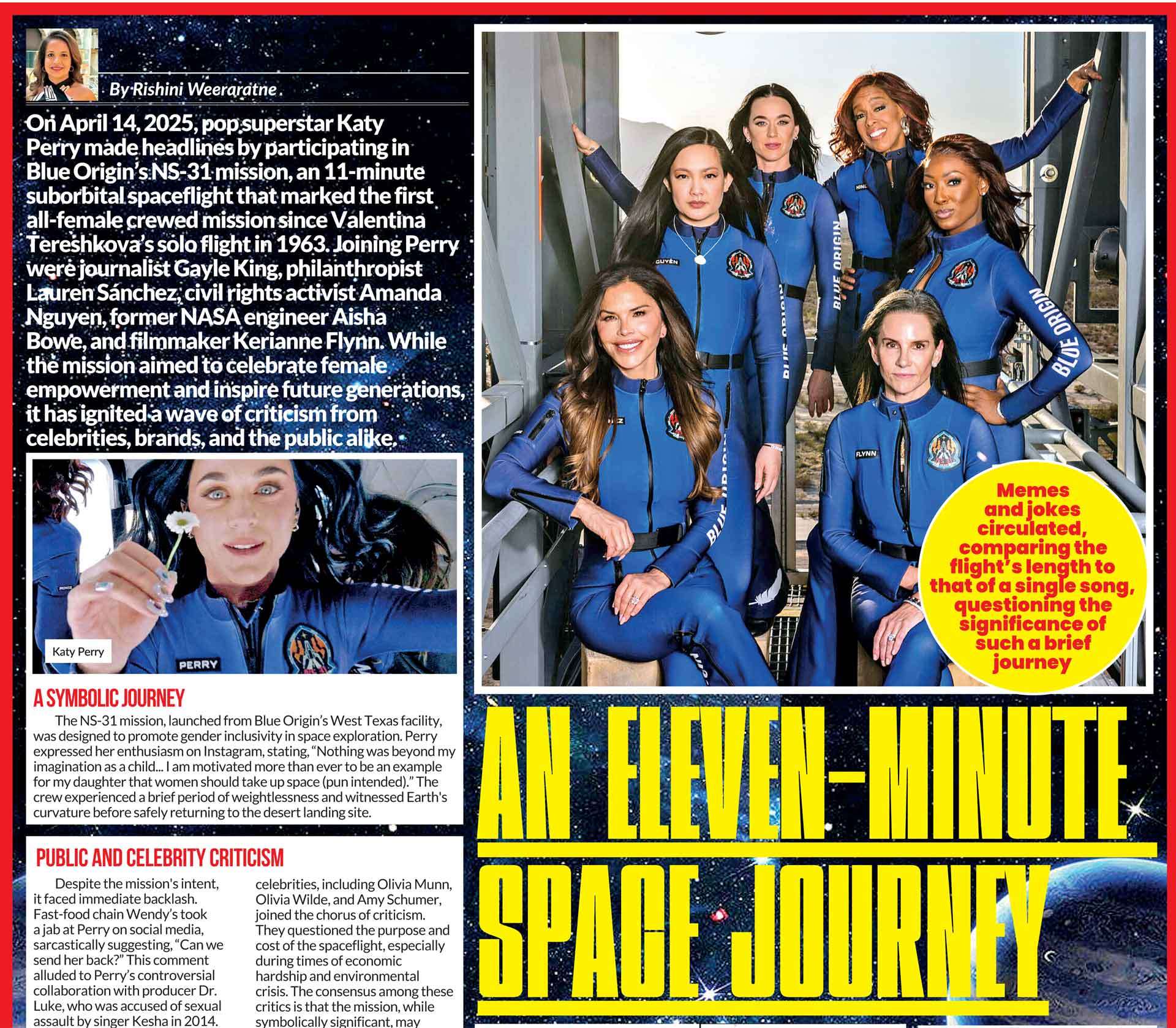
Have you ever met someone and instantly formed an opinion about them? Whether in a job interview, a first date, or a chance encounter, first impressions shape our interactions in ways we don’t always realize. But how much do they truly matter, and can they be changed?
Studies suggest people form an initial impression within milliseconds of meeting someone. Our brains make quick judgments based on facial expressions, body language, attire, and even tone of voice. This process, known as ‘thin slicing,’ helps us create an overall perception of someone. Sometimes, these judgments are accurate, and other times, they are based on arbitrary factors like a warm smile, which can make someone seem like the best person ever, even if they just bumped into you in an elevator.
The “halo effect” also plays a role. A single positive trait, like a friendly demeanour, can influence our perception of a person in other areas, even if there’s no concrete evidence to support it. For example, assuming that someone who makes amazing spaghetti must also be highly intelligent. Sometimes, it works out; sometimes, it doesn’t. But at least you get good spaghetti!
First impressions are especially significant in social interactions. When meeting someone new, we quickly assess whether they seem friendly, trustworthy, or competent. In personal relationships, body language, tone of voice, and engagement contribute to lasting impressions. The classic “walk into a room confidently” trick works—unless you trip over your own feet, which sends a different message.
In romantic situations, attraction is often influenced by first impressions. A great smile or a well-timed joke can leave a lasting impact. Laughter can smooth over many awkward moments, but choosing a date based solely on their humour about bad pizza might not be the best idea, unless it’s an excellent pizza joke.

In professional settings, first impressions can shape careers. A firm handshake, direct eye contact, and a polished appearance are crucial in job interviews, business meetings, and networking events. Employers often decide within seconds whether a candidate seems like a good fit. It’s not just about qualifications but also about presence and communication.
Employers often decide within seconds whether a candidate seems like a good fit
A well-dressed, articulate individual is perceived as more competent, even before they prove their skills.
Showing up in pyjamas, unless applying at a pyjama company, may not leave the best impression.
First impressions aren’t limited to in-person interactions. In the digital age, social media profiles, LinkedIn pages, and email communication contribute to how we are perceived. A professional online presence enhances credibility, while an unprofessional or outdated one can create negative perceptions. Imagine sending a well-written email, only for the recipient to Google you and find an embarrassing high school photo. Not ideal.
People often research others before meeting them, forming impressions based on curated content rather than reality. While a polished profile picture may suggest professionalism, an old Facebook post from a karaoke night might tell a different story. Balance is key.
Despite their power, first impressions are not set in stone. While initial judgments often stick due to the primacy effect, they can be reshaped over time. Someone who initially seems reserved may later be seen as warm and engaging through consistent interactions. If your first meeting makes you seem like you just swallowed a lemon, don’t worry, follow up with a joke, and by the third meeting, they may wonder why they didn’t notice how funny you were before.

Creating a strong first impression is a skill that can be developed. Confidence plays a crucial role; posture, eye contact, and tone of voice all convey self-assurance. Fun fact: Standing up straight, even at home in sweatpants, can boost confidence. Just avoid staring at yourself in the mirror for too long, people might get concerned.
Authenticity is equally important. People respond best to genuine interactions rather than overly rehearsed attempts to impress. Listing achievements like an audition for “Most Interesting Person Ever” can come off as forced. Just be yourself, unless you’re auditioning to be a mime, in which case, silence is key.
Active listening fosters positive connections. Instead of dominating the conversation, engaging in meaningful dialogue, and responding thoughtfully leaves a better impression.
Even small details like appropriate attire and a warm approach matter. You wouldn’t wear a clown costume to an interview, unless applying to be a clown.
Our ability to judge quickly has evolutionary roots. In ancient times, assessing whether someone was a threat or an ally within moments was crucial for survival. While the stakes today are less life-threatening, the instinct remains. So, if someone judges you for mismatched socks, remind them it’s a survival instinct. “I’m keeping myself safe from fashion disasters,” you could say.

Interestingly, first impressions are influenced by personal biases and experiences. Prior knowledge or stereotypes can shape our judgments, sometimes making them inaccurate. If someone doesn’t fit our expectations, it’s important to challenge those biases rather than assume the worst. A casual jeans-and-T-shirt look might be their version of a power suit.
Non-verbal cues play a massive role in forming first impressions. Facial expressions, posture, and body language all provide information.
While initial judgments often stick due to the primacy effect, they can be reshaped over time
A warm smile makes someone appear approachable, while crossed arms can signal defensiveness, unless they’re just cold. Let’s agree that blankets, not body language, are the solution to being chilly.
Tone of voice also matters. A confident, clear voice in a professional setting signals competence, whereas a nervous, shaky tone may not inspire trust. But at least it’s better than sounding like a robot. “Hello, I am here for the job interview.” See? We need the human touch.
Cultural differences influence first impressions. What’s seen as positive in one culture might be perceived differently in another. A strong handshake may be impressive in one country but too aggressive in another. Being aware of these nuances helps avoid miscommunication. If you forget to bow in Japan, don’t panic, just apologize, and bow. Maybe even throw in a dramatic bow for good measure.

Ultimately, first impressions matter. They shape relationships, influence career paths, and impact how others perceive us. However, they aren’t unchangeable. Through consistency, positive interactions, and a bit of humour, they can evolve. While first impressions are important, what truly matters is whether we can sustain meaningful connections. Because, in the end, the best impressions aren’t those formed in seconds but those built over time through genuine connection, humour, and authenticity. And if all else fails, a great pizza joke might just do the trick.



